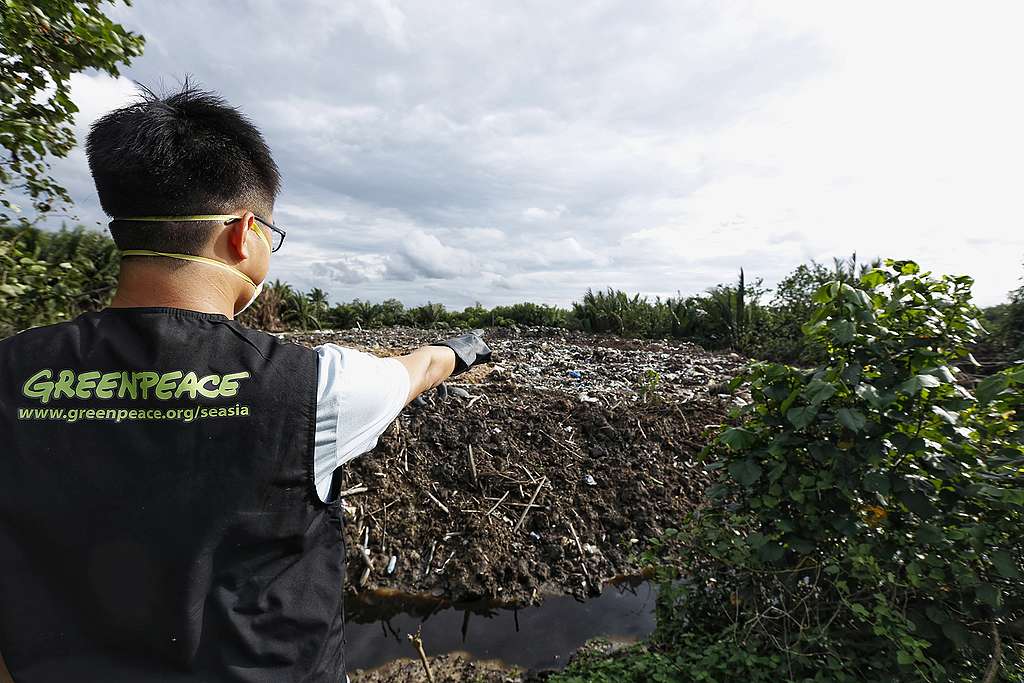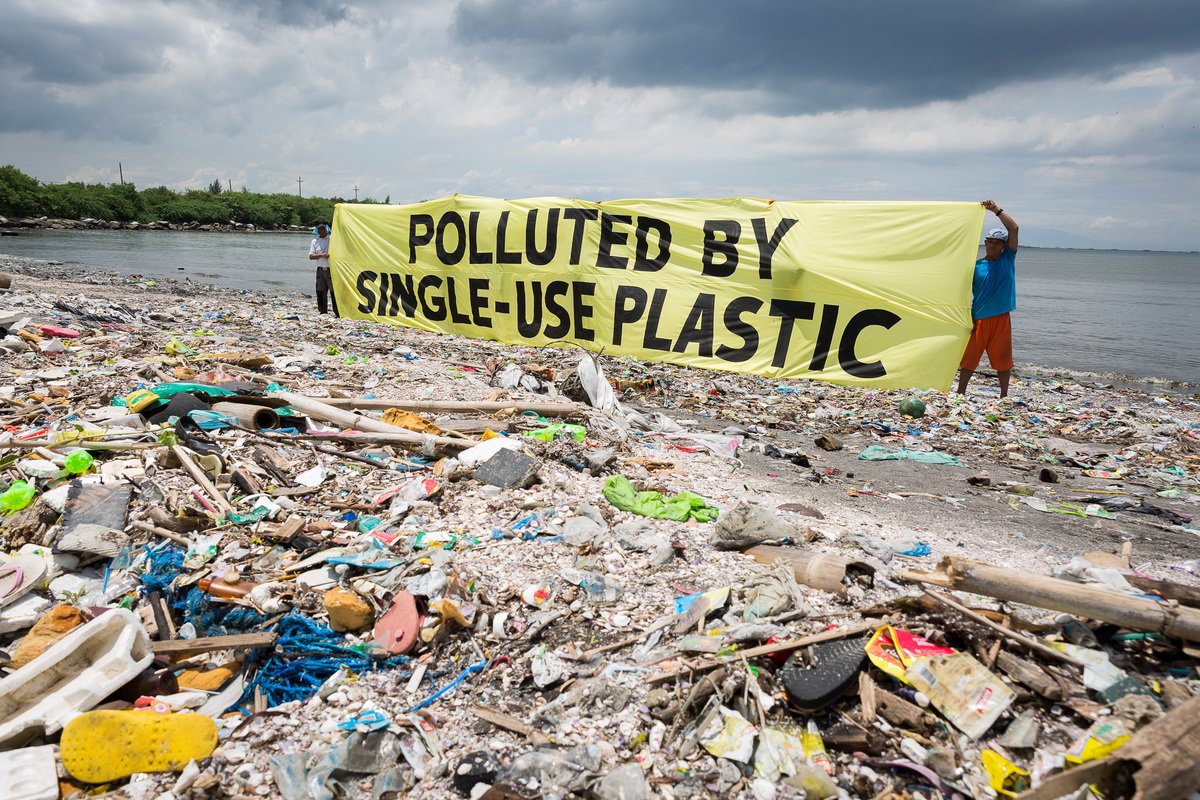Years ago, I wondered why the plastic pollution problem seemed to grow exponentially at the same time as recycling became more and more mainstream, more widely accepted and adopted. In my years, I’ve seen recycling and kerbside collection advice be doled out to us, then revised, systems fine-tuned and become more sophisticated. The numbers in the triangles on package bottoms went higher. We started with rinsing, then washing. We removed the lids and squashed containers. Now we cut those plastic ‘security’ rings that seal plastic bottles to their lids.
It really felt like we were doing these things because they were a proven pathway to reducing the amount of pollution out there in our environments. Except that marine pollution has only increased. Our beaches look worse. Social media is throwing images back at us that tell me waste collection systems are not working and our wildlife are still paying for our throwaway culture.
As a fundraiser for my kids’ waka ama club, a group of us parents manned rubbish stations dotted around a festival. What an eye opener that was for me! “This bottle is from a plant so can you confirm it can go in the compost?”
“Nope.”
“This coffee cup is paper.” A head shake. Into the general waste bin. “The lid is recyclable.” Another head shake – too dirty.
By the end of a long, hot day elbow deep in trash, I felt so defeated. So much of what I thought was ‘material innovation’ was an inferior substitute for whatever the real alternative was to the overflowing recycling bin of mostly water bottles that festival-goers had bought, drank and trashed in a matter of hours. At least we had kept these bottles from the ocean… right?
Sadly, we may not have. I learned that only nine percent of plastic produced so far has been recycled. Much more of it goes to landfills or gets incinerated, even the plastics we’ve put out into our recycling bins. We don’t have the infrastructure to recycle some plastic types, so our current waste management process is to send it overseas and never think about it again. The rest is scattered in the environment, often ending up in the ocean. That 9 per cent? These products from fossil fuels are put through a plant powered by more fossil fuels, in an attempt to recreate this product. You can only do this once or twice; often plastic ends up being downcycled. At best, recycling is postponing plastic’s inevitable destiny as pollution.
Recycling is not the answer
We are told that we aren’t recycling enough or recycling properly. But the fact is neither recycling nor downcycling are solutions that end plastic pollution, not on their own. In the past I’ve believed that, as individuals, it’s all our fault and we just need to do better… but the failure of recycling isn’t the problem at all. They’re the effects of the problem.
To know the solution we have to know the problem. We’ve all heard and said that the problem is that our beautiful, life-sustaining planet is being choked with waste. Most of that waste is plastic, and most of that plastic is from plastic products made to be used once and then thrown away. That is the problem.
Companies are producing plastic at a frenzied rate, and they refuse to manage or take any responsibility for the consequences of it. It’s predicted that plastic pollution will enter our oceans at four times the current rate by 2050. The only logical response to making too much plastic, is to stop.
Once I understood what the problem was and what to do, I wondered who would help us individuals collectively change our current linear approach to consuming and waste management, especially single-use plastic, considering how pervasive and problematic it is.
We need to change the systems
Today I used my keep cup and asked my barista to add some treats to the lunchbox I’d brought, she smiled at me and was so appreciative. I know though, that while this small act might be helpfully discouraging and turning away plastic, the change we need must be systemic. My keep cup won’t stop plastic production in its tracks.
I looked across the counter behind my owner-operator barista and saw the small, branded fridge of drinks in bottles, some plastic but all made to throw away. Clever plastic, takeaway containers that won’t crush your cakes and filled brioche rolls. Both are good ideas if you didn’t leave home prepared. I briefly thought about the cafe owner’s smile of thanks. The bottles are great in a pinch, because if you needed a drink, what else could you do? She won’t let you drink out of the faucet and the kitchen faucet has only water, unlike that old fashioned lemonade, or the orange and mango juice in the fridge. What more could my barista in a little food truck do that would address plastic pollution? We all know of businesses who make real efforts to do their bit, but let’s acknowledge it’s difficult to operate ethically and viably within a system that works for and rewards those who aren’t in it to look after our planet and all the living things upon it. No. Systemic change doesn’t start with her, either. The changes need to be in place first, so that it supports people like her who want to do the right thing.
We need to look straight at the top of the supply chain, at the source. Oil and plastic conglomerates like INEOS and major players in the fast moving consumer goods (FMCG) sector like Coca-Cola, Pepsi and Nestle together have been pumping out billions and billions of containers like single-use plastic beverage bottles and packaging like single-use plastic food containers and trays. The relationship between the two industries described in a report by Greenpeace USA is a shocker. We knew these FMCG companies were held up by marketing machines. Of course, they want to make lots of money, be the biggest, most well-known, profit the most. And we know the oil industry is dirty and cares little for its adverse effects on the environment and climate. To learn though that they’ve actively partnered for decades to thwart all efforts by countries to address the plastics pollution problem is angering.
Moreover, they are marketing to us a suite of false solutions, their efficacy unproven and disproven, carefully organised to divert our attention from the real solution: turning off the plastic tap.
Any solution that doesn’t address the gushing flow of single-use plastic is a false one. Any system that makes people sick is unjust. Anything that threatens our air, soil and water and the ecosystems that depend on the good health of these, is not viable. Any process or system that says it will prevent plastic pollution but exacerbates our climate crisis, is indefensible.
One thing we can do is tell our government to ban single-use plastics that aren’t necessary. The government began with the plastic bag ban and have recently announced other bans to come on a few more plastic items that are hard to recycle. The government needs to be braver and bolder and expand the scope to include plastic items that have a proven alternative and items that are frequently fouling our waterways, our ocean, choking our seabirds, laying in our streets and gutters.
Banning the bottle is the next logical step.

Sign on now to call for a ban on plastic waste exports from New Zealand
Take Action



